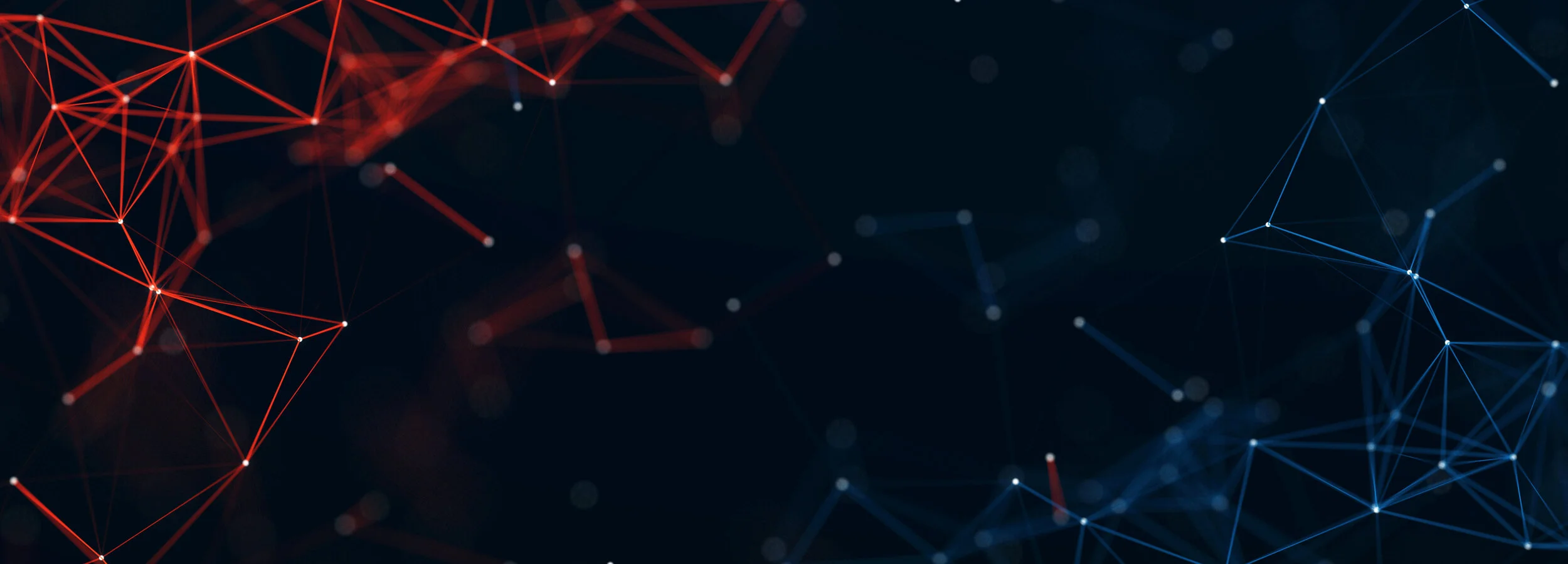
Situational cybersecurity awareness is a comprehensive real-time understanding of your organization's security posture. It's about knowing what's happening across your digital assets, including:
Assets: You must identify and understand all your IT assets, including devices, applications, data, and cloud services.
Vulnerabilities: Knowing your systems and applications' weaknesses and potential security gaps.
Threats: Recognizing current and emerging threats, including malware, phishing attacks, and social engineering attempts.
Impacts: Understanding the potential impact of security incidents on your business operations, reputation, and compliance.
By achieving strong situational awareness, security teams can:
Proactively identify and mitigate risks.
Detect and respond to security incidents quickly and effectively.
Make informed decisions about security investments and priorities.
Maintain compliance with industry regulations.
How ThreatNG Enhances Situational Awareness
ThreatNG's features and capabilities contribute significantly to building and maintaining robust situational awareness:
1. Comprehensive Visibility:
Attack surface discovery: ThreatNG automatically maps your external attack surface, providing a complete inventory of all internet-facing assets.
Continuous monitoring: Monitoring your digital assets in real time for changes, anomalies, and potential threats ensures you're always aware of your security posture.
Deep-dive investigations: ThreatNG's investigation modules provide detailed insights into specific areas of concern, such as domain security, sensitive data exposure, and dark web presence.
2. Threat Intelligence:
Intelligence repositories: Access to dark web data, compromised credentials, and ransomware events provides context and awareness of emerging threats.
Social media monitoring: Tracking social media for mentions of your organization helps identify potential brand damage, phishing campaigns, and other social engineering attacks.
Sentiment analysis: Monitoring news and social media for negative sentiment helps you understand and respond to potential reputational risks.
3. Reporting and Collaboration:
Automated reporting: Generate regular reports to inform stakeholders about security status and progress.
Collaboration tools: Role-based access controls and collaboration features facilitate information sharing and coordinated response among security teams.
Examples of ThreatNG in Action
Domain Intelligence: ThreatNG provides real-time visibility into your domain infrastructure, alerting you to issues like expired SSL certificates, misconfigured DNS records, and potential subdomain takeovers. This helps maintain a strong security posture and prevent website downtime or data breaches.
Sensitive Code Exposure: By continuously monitoring code repositories, ThreatNG can alert you to any accidental exposure of sensitive data like API keys, credentials, or internal configurations. This allows immediate action to prevent data leaks and protect your intellectual property.
Cloud and SaaS Exposure: ThreatNG provides visibility into your cloud and SaaS usage, identifying shadow IT, misconfigurations, and potential vulnerabilities. This helps maintain control over your cloud environment and ensure data security and compliance.
Dark Web Presence: ThreatNG alerts you to any mentions of your organization or employees on the dark web, including leaked credentials, compromised data, or potential attacks. This proactive approach helps you stay ahead of threats and mitigate potential damage.
Complementary Solutions and Services
Security Information and Event Management (SIEM) systems: Integrate ThreatNG with your SIEM to centralize security logs, correlate events, and improve threat detection and response.
Threat intelligence platforms: Enhance ThreatNG's intelligence capabilities by integrating with external threat feeds and platforms.
Vulnerability scanners: Use vulnerability scanners with ThreatNG to identify and prioritize vulnerabilities for remediation.
By combining ThreatNG's capabilities with other security tools and best practices, organizations can achieve comprehensive situational awareness, enabling them to make informed decisions, respond effectively to threats, and maintain a strong security posture.


